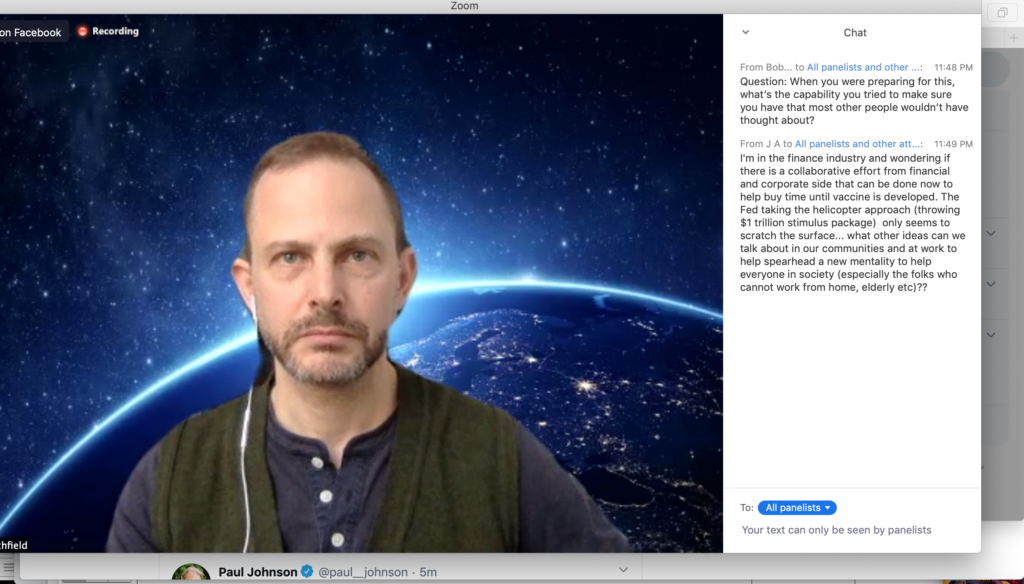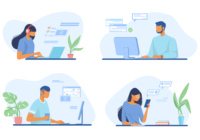Since the Covid-19 outbreak, almost everything in business has been switched to online experiences. This has reminded us of MOOC’s early times. At Singularity University in 2013, there was a session on MOOC with speakers Peter Diamandis and Sebastian Turun, founder of Udacity. They both predicted that MOOC would replace universities. However, because of the high drop rates of MOOCs, Udacity had to focus on developing corporate programs — which are quite successful now.
This is similar to the wave of webinar series and online meetings we are starting to see now in response to the coronavirus (Covid-19) health crisis. Almost all universities, institutions and private business groups have made their content available online. Some have even made it available for free.
This begs the question: aren’t we already overwhelmed with being in front of screens?
Here at GEDS, over the last two weeks, we have attended several webinars, online meetings and digital experience to get an understanding of their design and user experience. As a strategic design consultancy, designing experiences is our core competence. So, we decided to share our experience of these online sessions that we have attended.
Also, our team has rated the webinars that we attended which you can see in the table below.
Whether you’re designing a webinar, digital event, virtual meeting or community gathering, take note of our learnings below before designing your online experience.
If you need further help in learning more about remote work strategies and management techniques, please contact us.
Register for our upcoming (free) Designing Online Experience webinar here.
GEDS team’s scoring of the online events

1. Quarantine Book Club
Thanks to Bobbie Johnson of MIT Tech Review, he shared this new initiative organized by Mike Monteiro and Erika Hall of Mule Design Studio. They organized a webinar series with the authors to have conversations on their books. This is the only paid webinar ($6) that we attended during the period.
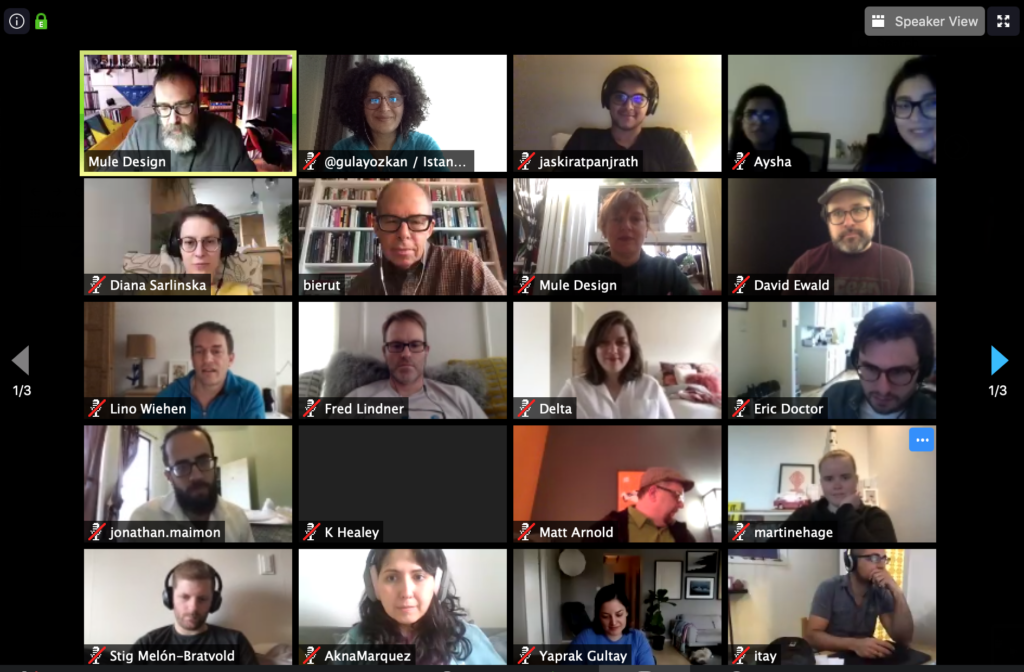
Zoom was the platform for the webinar. There were several Authors as an option to meet. We chose to meet Michael Bierut of Pentagram, which suited well with our time schedule GMT +3.
The atmosphere was super relaxed and very open to interactions. Mike Monterio moderated the talk in a very relaxed tone which was fitting the context and welcoming everyone to participate.
People wrote their questions on the chat panel and choosing the questions to be answered by the authors. Each participant was given the opportunity to ask their own question. The experience was quite authentic. Talking 1-1 with Michael Bierut made us feel quite privileged. This was a great initiative overall.
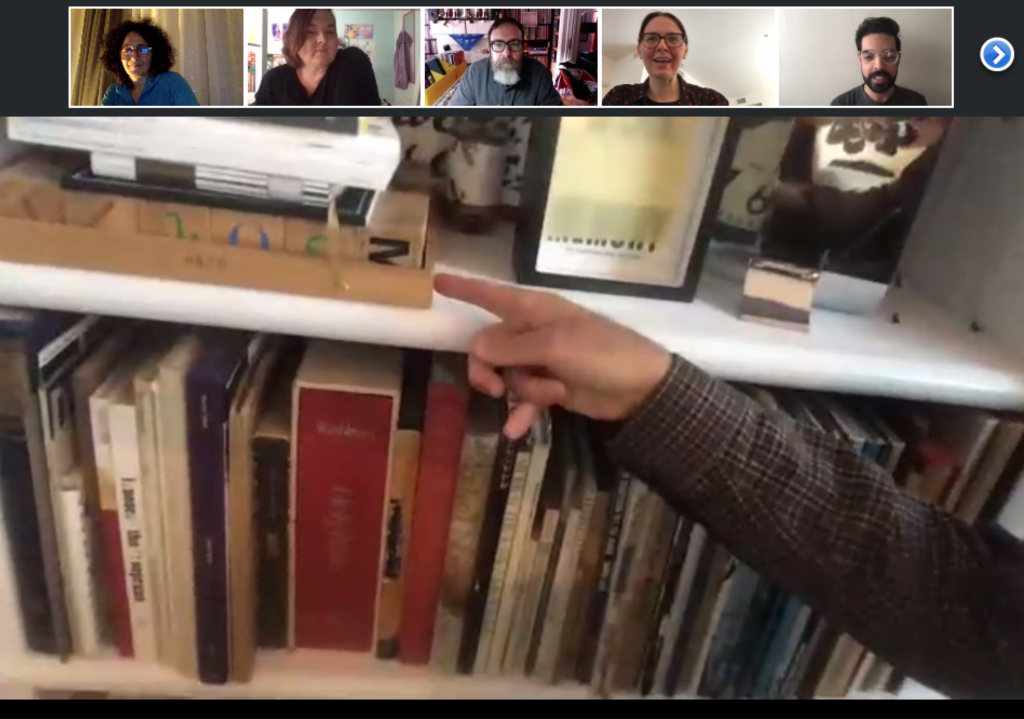
At one point during the webinar, Bierut showed us his books on the shelf upon a request from an attendee. A fantastic, intimate moment.
The only concern we had with this digital experience was the number of attendees: What if there were 1000 people on this call? The whole experience would be vastly different. In summary, this needs to be something that is considered when designing online small group experiences.
2- Singularity University Conference
Singularity University is an education group that focuses on exponential technologies. They have been holding offline conferences for many years. So, we assumed it was not very difficult for them to switch to an online conference. They hosted a 3-days COVID-19 conference.
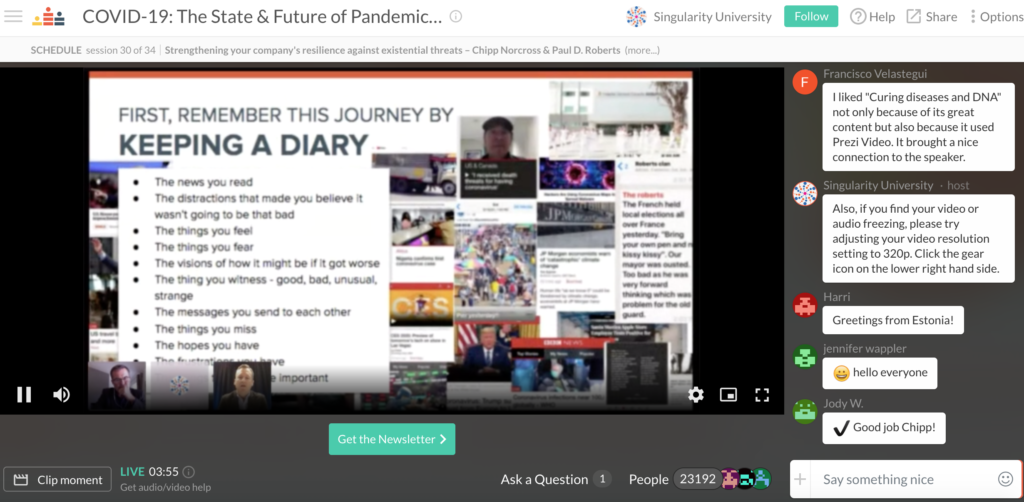
This conference was designed differently to the others, as the university used a software program called Crowdcast (similar to Zoom).
Singularity University asked participating guests to submit their questions and then we voted. The 4-5 questions that received the most votes were answered during the sessions.
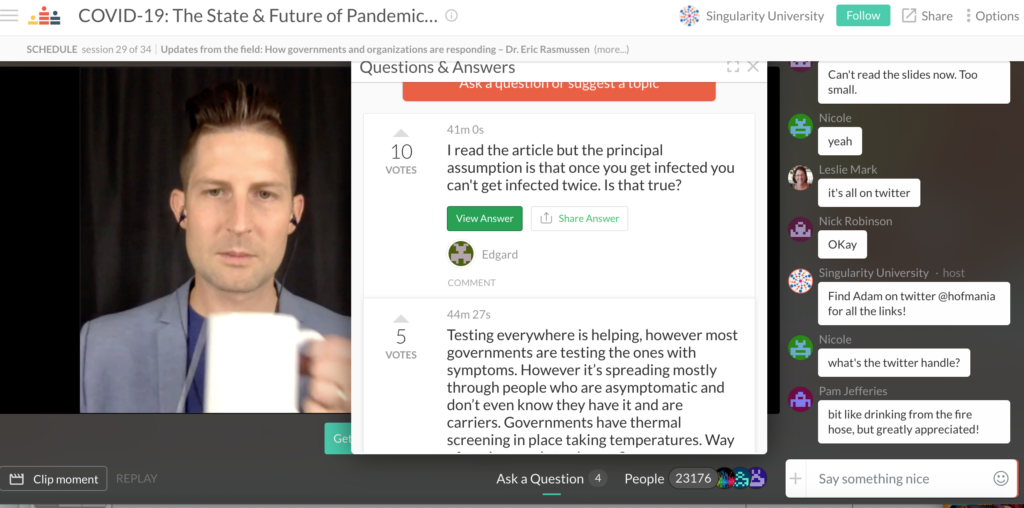
Around 22000 people attended the digital conference. The host Adam Hofmann did quite well and had a consistent verbal tone for the 3-days event.
They had few technical difficulties, but they managed to navigate through these quite well.
The sessions were long, and with a 3-day program, it meant that some content was repetitive. It may have been possible to host this program within a consolidated 1-day event. We are not sure that they can attract 22K people next time for another subject for 3 days.
The Singularity University team was the only one who moderated the chats quite efficiently, sharing their policies accordingly.
3- MIT Tech Review- Radio Corona
MIT Tech Review launched a webinar series named Radio Corona (we love this name).

They used video conferencing software tool Zoom in their first session which had very limited interactions. This was a similar feeling we experienced with the IBM Seminar (review below). We felt like we were in a room watching behind one-sided glass. It would have been fantastic to see a little more interaction between the host and participants. In addition, we couldn’t see who else was attending or how many people had joined the webinar.
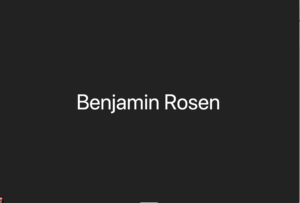
In their first session, Radio Corona had a lot of technical difficulties. On the second day of Radio Corona, the team switched to Zoom chat. This meant that participants could see the other attendees, and overall proved a much better experience
The hosts also chose to integrate interesting background graphics, which made focusing on the content of each talk more difficult
Overall they prioritized sharing information and ideas, instead of interaction with participants.
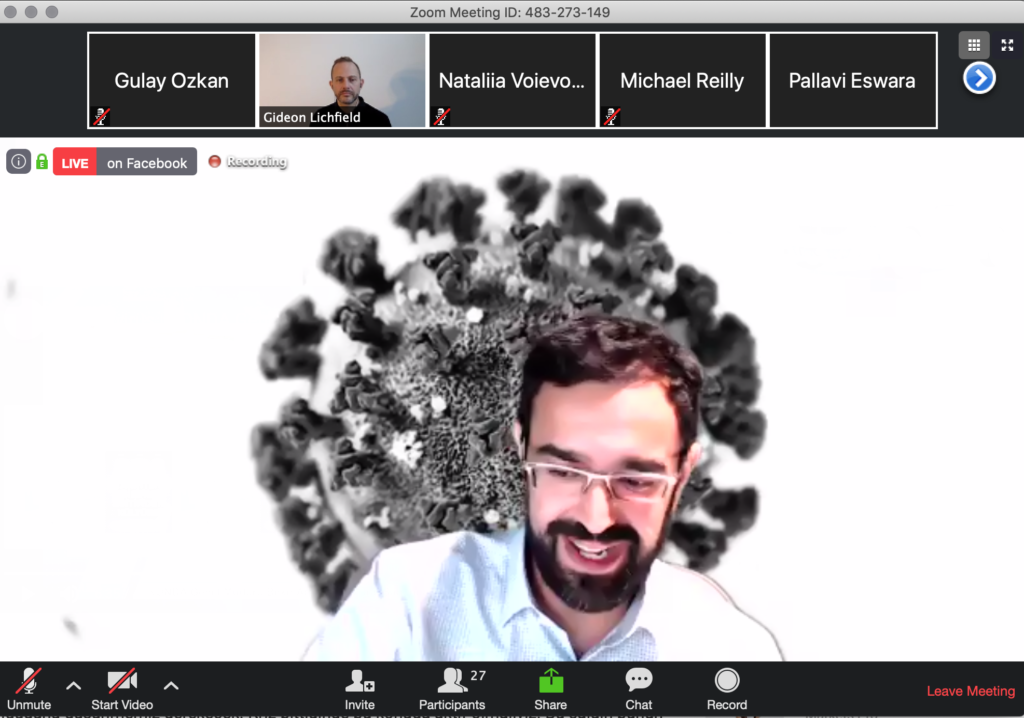
4- Quartz Remote Work Series
We accidentally logged in the Zoom link one day earlier and we saw the screen below:
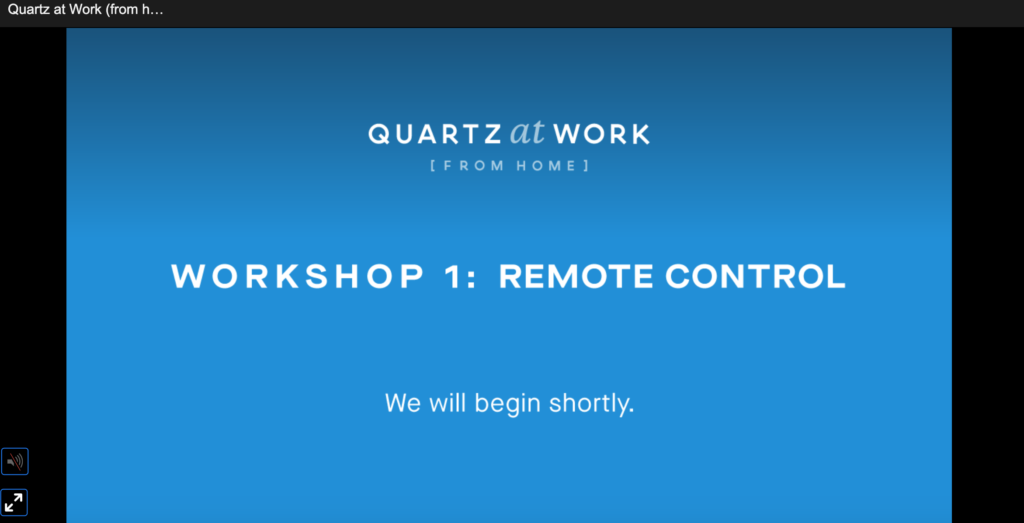
“Welcome to your event – We will begin the broadcast shortly”. It would have been nice to see a personalized message for attendees or at least a Quartz branded welcome screen.
The series was curated using a tool called Bluejean, which allows you to vote for questions.
Each talk had two moderators, which made the talks and conversations a smooth, engaging experience.
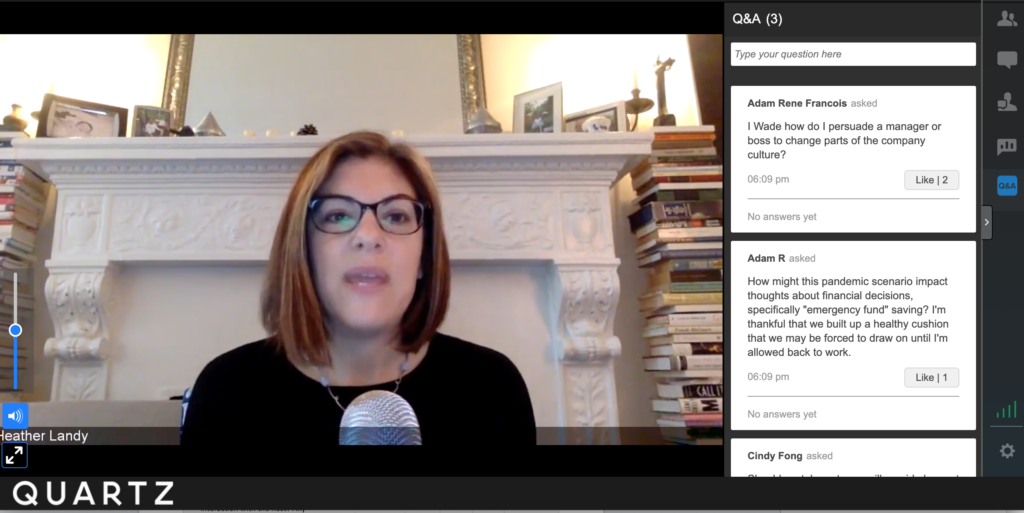
The moderator was speaking in front of a fireplace, which we found gave us a warm, intimate feeling. The event started with stretching exercises, helping us to ground our thoughts and energy before the talk.
At the beginning of the experience, each participant introduced themselves and where they were from. The hosts shared some helpful links throughout the talk and the general chat function was used effectively.
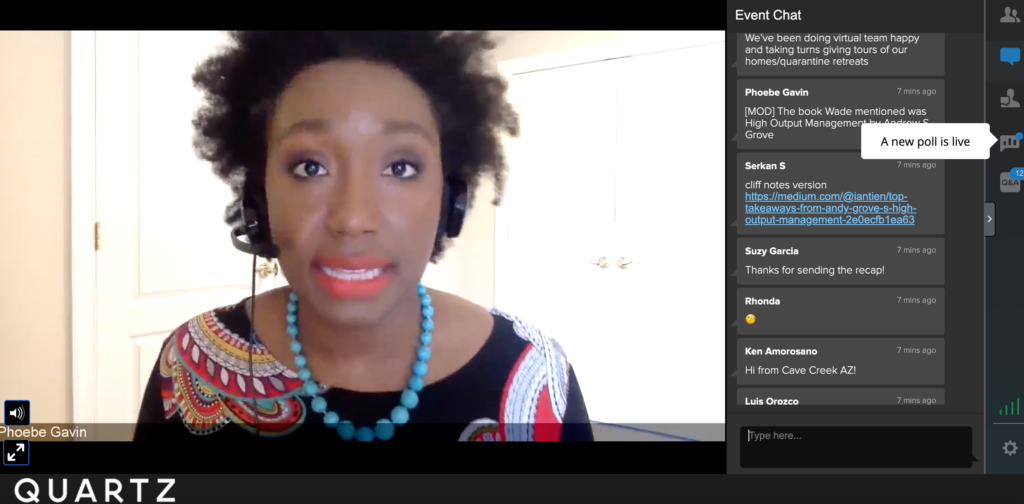
We did find the topic to be too generic for this period, as it was curated around something that everyone had already read or watched something about.
However, they did one thing very well: they engaged several speakers to host short talks. This was a good strategy to keep the attention of participants.
5- The IBM Data & AI Forum
This was the only corporate event that we attended during the review period. They hosted the talk on their own platform, which proved to be quite different from the others.

The video quality was very strong. There was a “workspace” where the presentation slides and speaker could be seen, along with the references and resources, event agenda, and Q&A window (that was not used).
We found that this event was lacking social interaction between the participants. Attending this online event, we wondered who else might be interested in this topic. In this situation, there could be hundreds of data and AI enthusiasts, or we could have been the only ones listening; the experience is the same. For us, it was important to see other participants and even interact with them to exchange opinions.
We found the resources that were shared were quite useful and helped us dig deeper into the subject. It would have been an added bonus to share our comments in real-time through this platform.
Each session lasted for 20 minutes, which we founded to be slightly too long for an online experience. The coffee break was 15 minutes, which could have been an opportunity for participants to meet and interact.
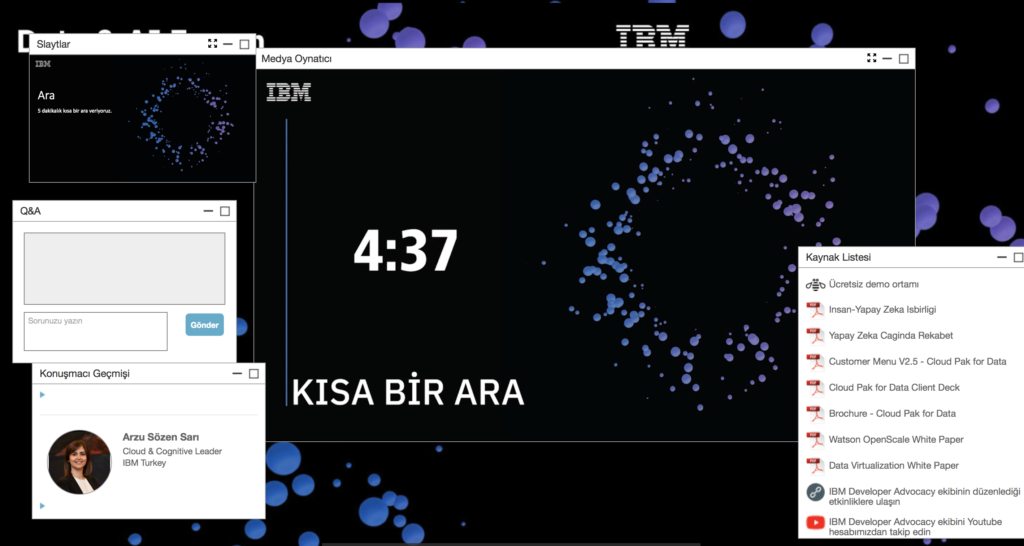
Did you attend any of these webinars or digital conferences? We’d love to hear your feedback. You can reach out to us on LinkedIn or Twitter.
Please invite us to your webinars, online experiences so that we can give you feedback and co-design new experiences with you.
If you have questions or comments you can contact with us.
